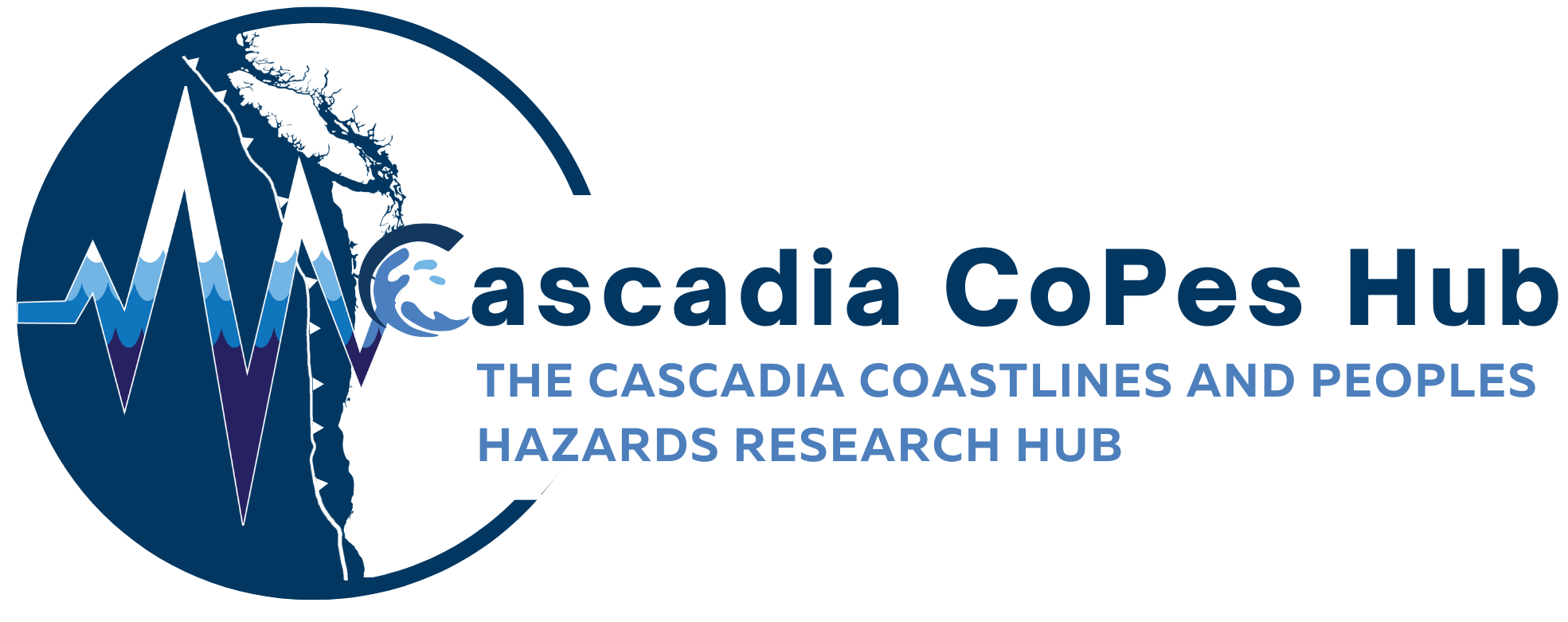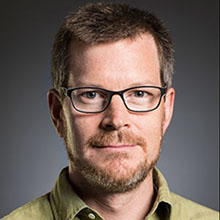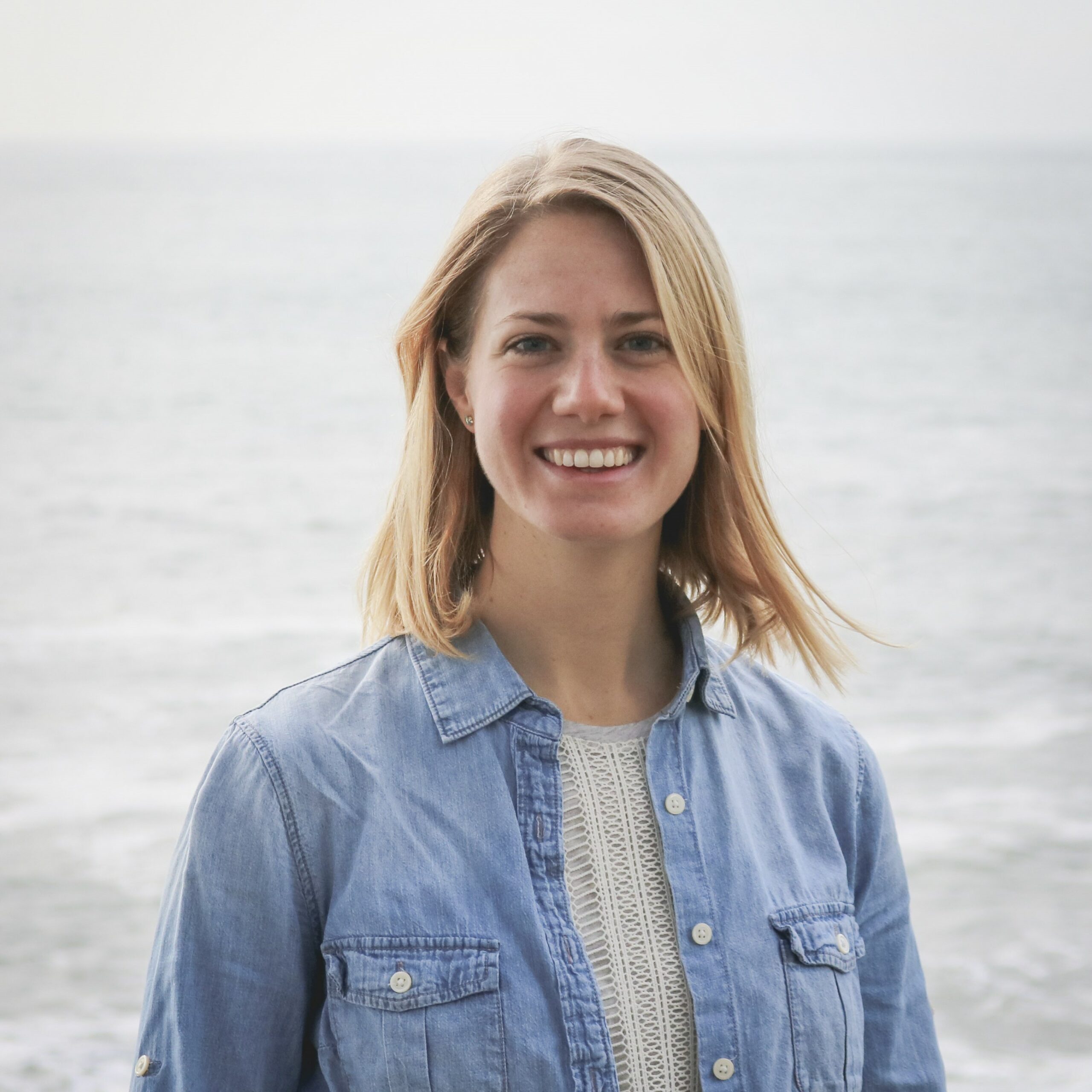Compound Flooding
This research uses numerical models to understand current and future flooding in Willapa Bay and Grays Harbor, Washington, focusing in particular on the compounding effect of high tides, storm surge, and high river discharge.
Project Objective:
Our research investigates the dynamics of compound flooding events in order to understand how these may change in the coming decades.
Understanding Compound Flooding:

Figure 1
Flooding is a common occurrence along the coast and in the estuaries of the Pacific Northwest and can result from very high tides, storm surge, intense rain, wind-driven coastal setup or high river flow. Many of the largest flood events occur when more than one of these drivers peak at the same time; for example river flow peaks during a very high tide. These events, referred to as compound flooding events (Figure 1), can result in a pattern of flooding that is different from that due to an individual event alone and may have higher impacts.
Climate change is expected to result in half a foot of relative sea level rise in many parts of Grays Harbor and Willapa Bay in the next 30 years and may also change the intensity, frequency and timing of large coastal storms.
Our Research:
Will sea level rise and changes in storminess shift the location of flood impacts? How might these combined effects influence the magnitude of the biggest events?
To answer these questions we use a high resolution numerical model that accounts for tides, winds, waves and river discharge. The model was first validated against measurements of waves and currents in Grays Harbor and Willapa Bay, and then tested to see whether it can reproduce observed changes in the water level during a storm event. We are using this model to understand the dynamics of compound flooding under current conditions and to predict how flooding will change in the future. Local agencies can later leverage results from this model to improve or adjust existing plans for communities vulnerable to compound flooding.


